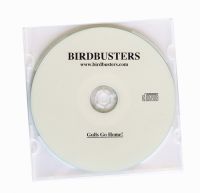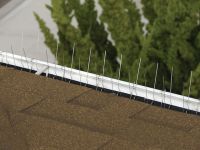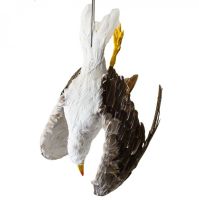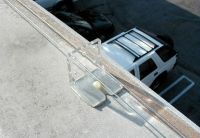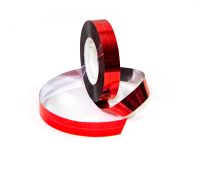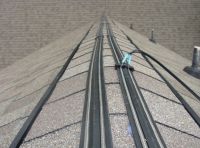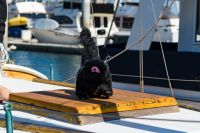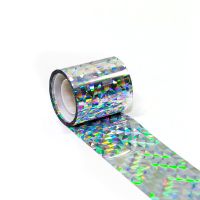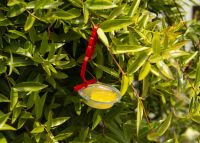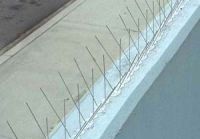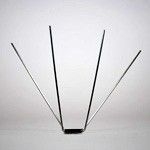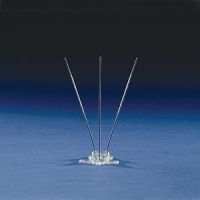Gull

Sea Gull Identification:
Sea gulls are intelligent birds living along coastal areas, as well as inland lakes and rivers. Gulls can drink either salt or freshwater and they eat anything from dead fish and garbage to field mice and insects. The typical gull is somewhere between 18 to 24 inches tall, weighing about 2 to 3 pounds. They are generally light colored in body with black wing tips and a deep black to light gray mantle. Coloring can change between season depending on the species. Gulls enjoy protection at the federal, state and local levels, mandating humane control practices. They prefer open water and secluded breeding areas, causing winter migrations in some northern territories, although southern gulls remain resident birds year round.
Sea Gull Control:
Physical barriers can be erected to deter gulls from entering an area. Overhead wire grids or large mesh (4 inch) bird netting can be installed over dump sites, aquacultures, ponds, courtyards and other large, open outdoor areas to prevent the soaring gulls from landing. Bird spikes and electrical bird wire or track are effective at detering problem sea gulls when installed around building perimeters and on ledges. Daddi Long Legs, a unique and humane physical bird barrier, is effective at dissuading gulls from landing on silos, street lights, A/C units, outdoor umbrellas and large flat rooftops.
At feeding sites such as dumps, audio /visual bird scare devices can be used in combination with overhead grids to get rid of problem gulls. The location and type of the audio / visual devices MUST VARY so the gulls perceive the threat as real. A combination of sophisticated noisemakers like the BirdGard Pro and the BirdBlaster sound unit with visual products like bird scare eye balloonsand flash bird scare tape creates a menacing, predatory feel to the area driving the problem sea gulls from the vicinity.
Damage Caused by Sea Gulls:
Gull control problems often occur at dump sites due to the food opportunities present, as well as at harbors and pier areas, especially where fishing boats bring in their catches. Flocks of gulls often create hazardous conditions to low flying aircraft and can cause bird strikes around airports. Large buildup of gull droppings leads to structural damage from the uric acid in the bird droppings. This is often seen on boats, streetlights and coastal rooftops. Other sea gull problems include slip and fall liability from dropping buildup, plus an unclean, dirty company image. The bacteria, fungal agents and ectoparasites found in gull droppings can carry a host of serious diseases, including histoplasmosis, encephalitis, salmonella, meningitis, toxoplasmosis and more. Many companies also retain significant clean up costs due to gull problems they don't resolve, as well as customer complaints from the noise and aggressive nature of the gulls.

